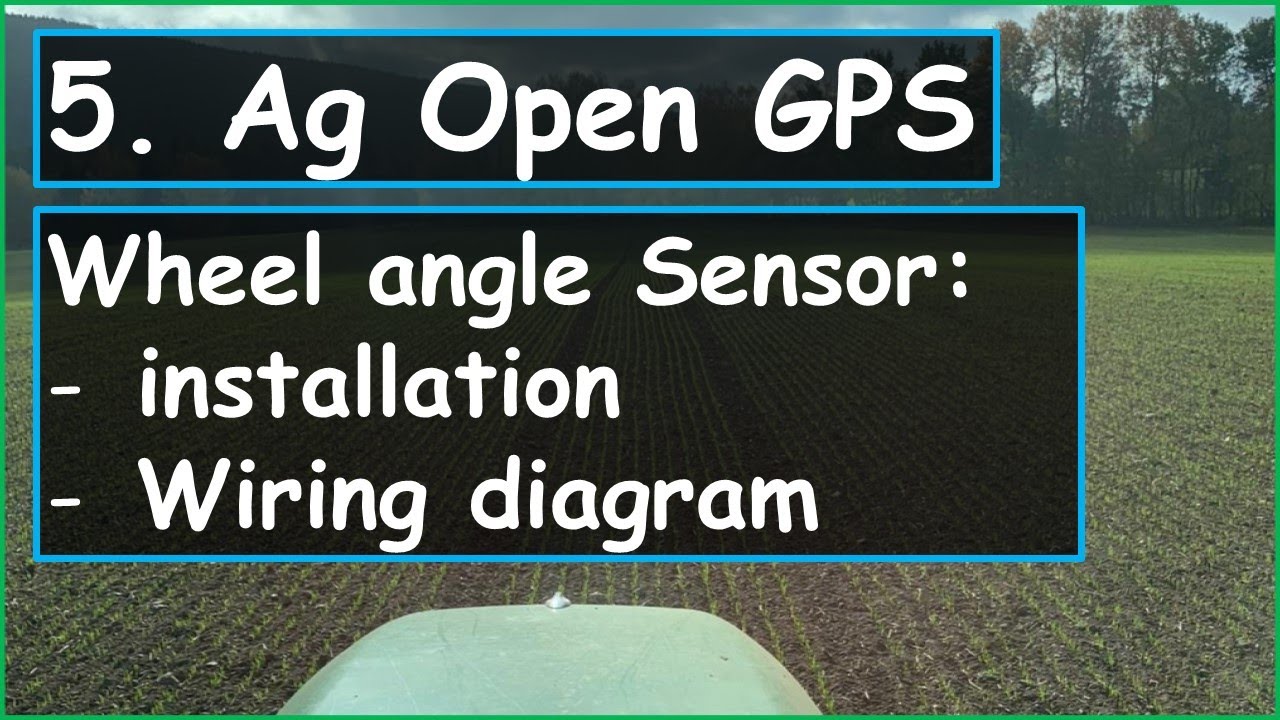Odd they don;t show what the ratiometric value is - usually in mv/v.
Hello
To minimize the effect of the voltage supply, I put a resistor divider (1/2)
on the voltage regulator .
- It adds a load which is not bad for regulation
- With ADS1115, I make a differential measure between this point and the
sense point of the WAS on 2 separate channels of the ADS
Did it help?
Would you show a schematic? Which resistors are you using, which sensor and which voltage regulator?
Here is the schematic. I’ve changed the configuration of ADS1115 to
#define SteerPosZero 0
#define ADC_Mode 2
steeringPosition = Ads.readADC_Differential_2_3();

For the resistor, Zin of ADS1115 = 4.9 MOhms → 1 LSB = 75 Ohms so I would put 2 resistors of
150 Ohms (Power = 41 mW wich is OK for standard resistors)
And ceramic capacitors for filtering
For supply, I use LM2596 switching regulator which ar more or less accurate
I find it a bit odd to try to reduce the supply voltage noise issue and then use a noisy switching regulator.
I use a normal linear 7805 for WAS power.
Are you powering the WAS, or is the tractor oem harness?
Any drift in the WAS power you will see in the output numbers, and it will be a lot. You’ve unfortunately made the internal voltage reference irrelevant.
I present how to mount the steering angle sensor on the MF 5455. Now when the acerman adjustment is available in V4, such installation is easy. A piece of m18 screw, 30mm thread + 35mm fi 8mm. The hole in the cover 10mm to make it loose. In the fender support from the bottom I enlarged 12mm but not quite so that you can insert a refinement O-ring.


Hello everybody,
Maybe a stupid question but most steerings work with a hydraulic cylinder. Why not use a linear sensor mounted parallel to the cylinder. Stroke woulde be same in both directions.
Using a rotary sensor which weel you use as reference, the one with small angle or the one with large angle.
Regards
Many at the forum already use linear sensors. I guess cost and ease of installation are the main decision factors.
The linear sensor gives a symmetric signal but not an accurate wheel angle signal. Probably good enough but a rotating sensor installed with good geometry may give a more accurate angle to sensor reading accuracy. Both are likely good enough for most applications.
Care must be taken if mounting directly to the cylinder as most have a piston that is free to rotate.
Really well fitted sensor. There are a lot of implementations that may well work nicely when set up but the first sizeable lump of clod that lands on them will knock the setting to christ knows where!
Hello,
In this video you have an example of an linear sensor installation:
Be carreful, depending on your steer geometry, the hydraulic cylinder can have a different displacement when you turn left or right. I have the case with a Fiat tractor with a steer geometry using 2 separes cylinders.
Math
Here’s how I installed the turn sensor on the NH T5
Here is the stl file for 3d printing on 2 bearings 6202 (15/35) fits RTY sensor
Thanks for the stl
Hello everybody,
looks to me that Delphi ER10031 and RQH10030 are very common.
RQH10030 would be easier for me to purchase and as I understood correctly it´s the better one using hall sensors???
Is somebody sure about the angle?
Is it ±45° or complete 360°
I need something around 50° each direction. May Delphi is the better choise.
Thanks
The ER10031 has around 120 degrees, so it would fit for you.
Don’t forget to order the connector (plug) as well
I used them both,
The RQH100030 is better available and cheaper, often sold in pairs. Mechanically it has 360° free rotation. However the effective range is around 110° (0,5 to 4,5 V).
When you use the attached connection rods the working angle translates to a linear travel of around 185 mm.
Does anyone have a part # for a plug for the Landrover RQH100030?
I have used this one.
